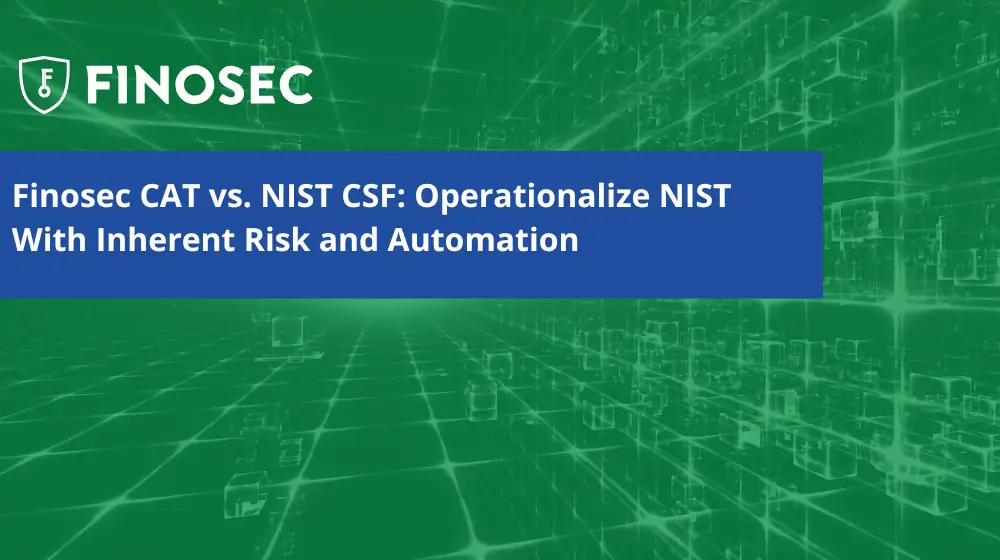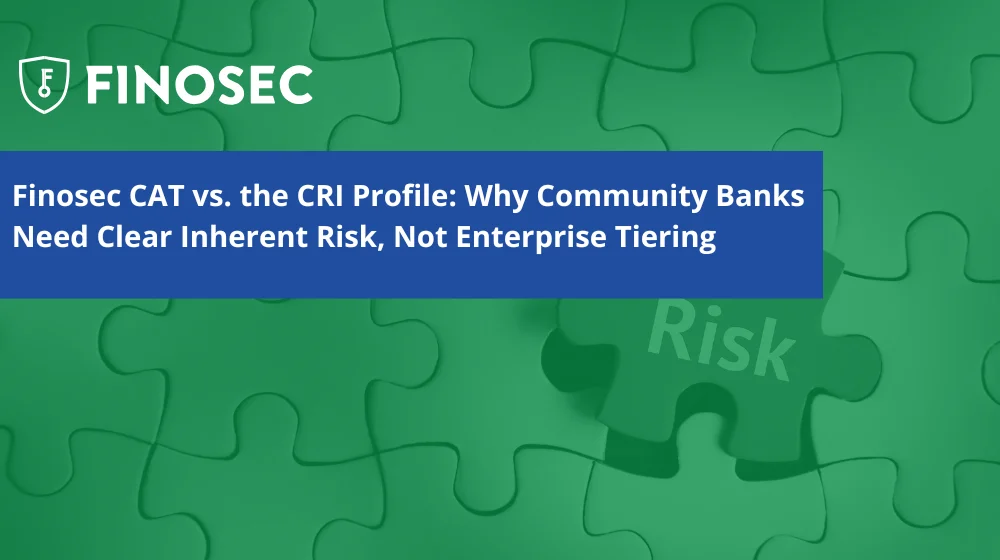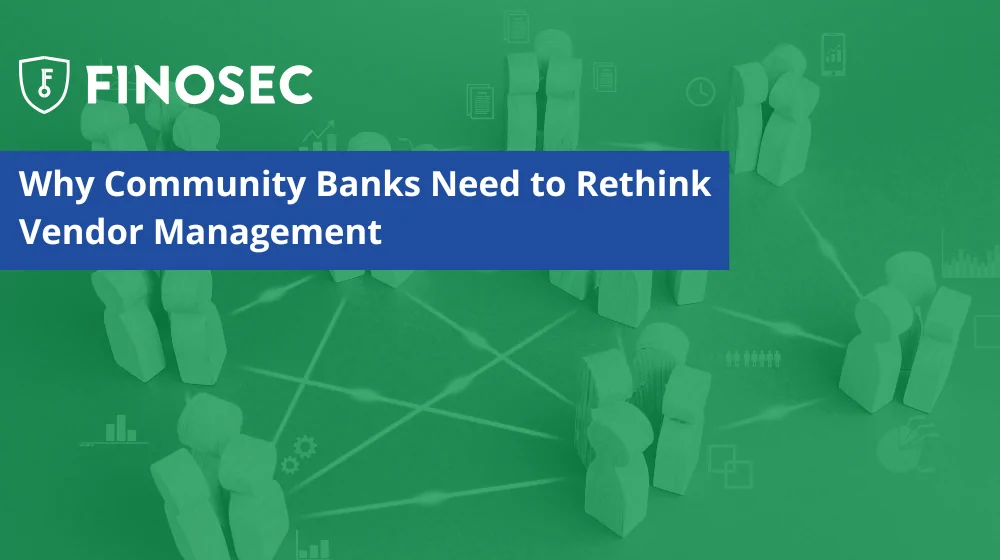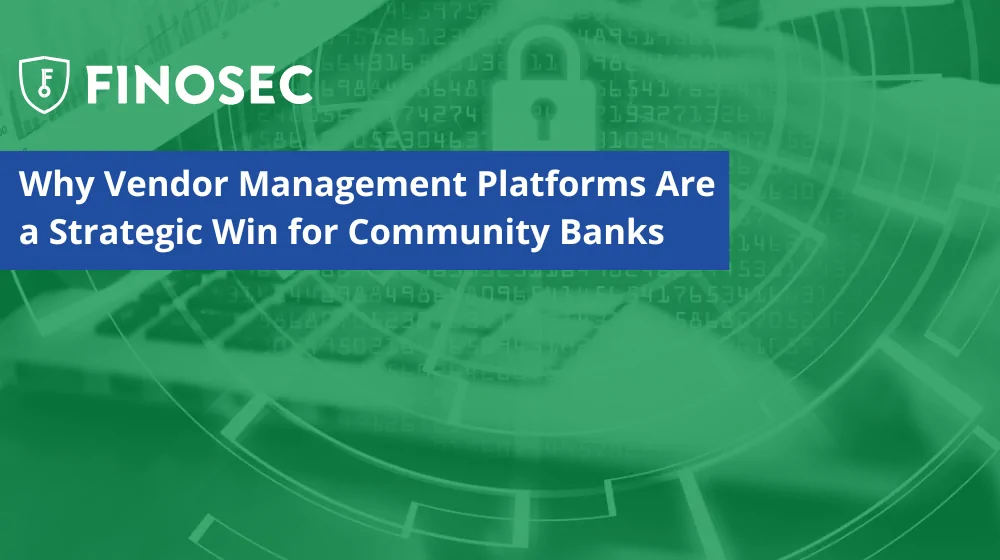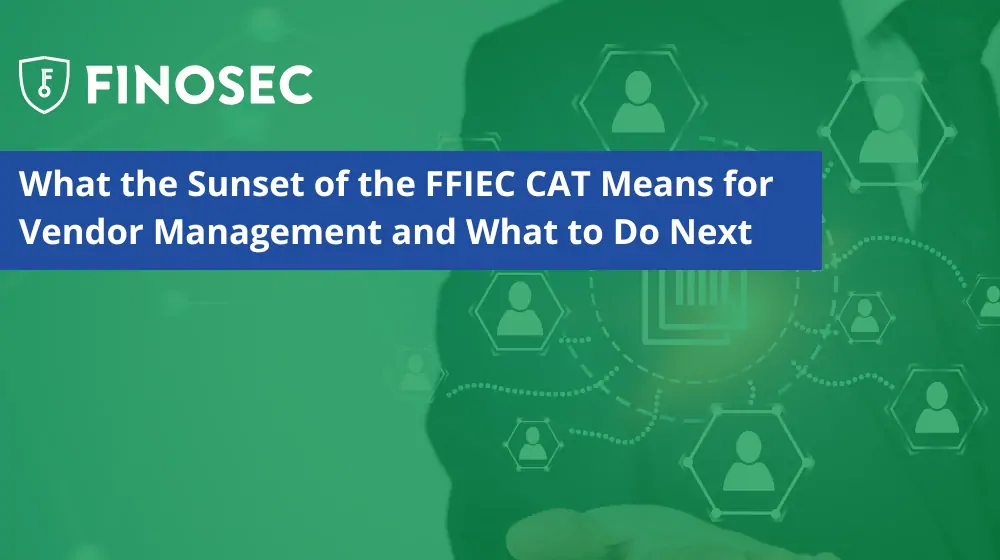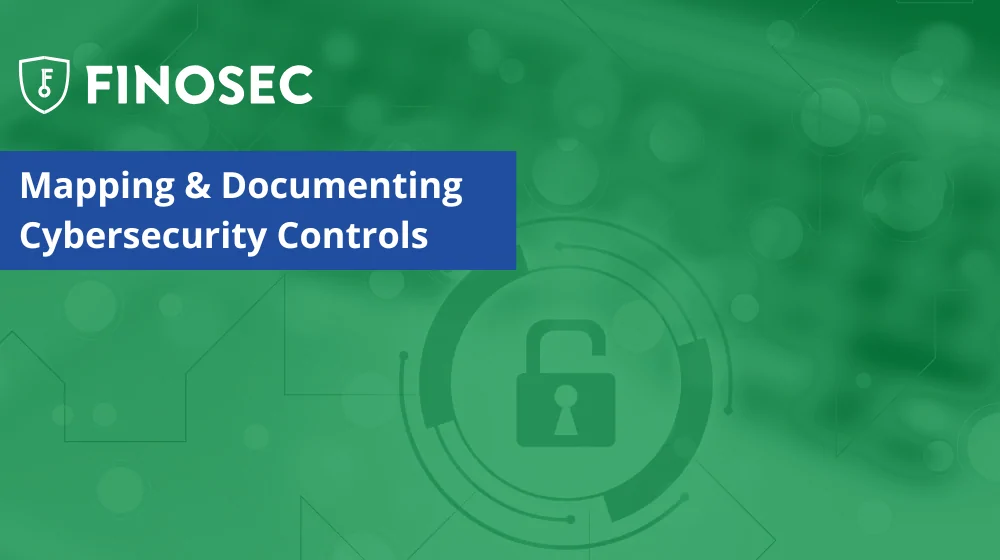Recently, I had the privilege of speaking to a group of bankers at the ICBA Live conference. When I asked who was using AI, only a few hands went up. Then I asked how many had policies forbidding AI usage, and several more hands were raised. This brought us to an interesting realization: those banks were inadvertently in violation of their own policies. AI isn’t new—it’s been enhancing our industry for years, especially in cybersecurity and fraud detection. The newcomer is Generative AI, which has emerged prominently over the past 18 months.
AI in Financial Institutions: An Overview
Many financial institutions are using AI without even realizing it. Tools that protect and streamline our operations, from fraud detection systems, to firewalls, to customer service bots, are powered by AI. This misunderstanding highlights a critical need: updating our policies to reflect the reality of AI’s role in our day-to-day operations.
Generative AI is a newer development, using advanced algorithms to create content, make decisions, and even interact with customers in novel ways. While exciting, it introduces both opportunities and risks.
Understanding AI’s dual role is essential: it serves us internally and poses external threats. Internally, AI can optimize operations, reduce costs, and enhance customer experiences. Externally, we must be vigilant about AI being used against us, such as through sophisticated phishing attacks or deepfake technologies aimed at manipulating information or stealing identities.
The broader threats associated with AI involve both its application within your institution and its potential misuse by adversaries. As we integrate these tools, a balanced perspective on these risks is critical to safeguard our operations and customers.
Practical Steps for AI Integration
So, how do you get started? How can AI begin to be integrated into your existing business processes responsibly and effectively?
- Implement an AI Risk Assessment: Like everything else in our world, you begin with a Risk Assessment. Recognize and evaluate both the internal benefits and the external threats of AI. This assessment should guide your AI strategies and security measures.
- Review and Update Policies: Ensure your institution’s policies accurately reflect the AI technologies already in use. This clarity will help in compliance and in setting the groundwork for further AI integration.
- Educate Your Team: It’s vital that both your leadership and operational teams understand what AI is and how it’s being used. This awareness is crucial for both harnessing its benefits and mitigating its risks. And even if you don’t think they are, someone is using ChatGPT from their phone.
- Develop a Generative AI Strategy: Begin with less critical applications to explore Generative AI’s potential. This could be in areas like customer engagement or back-office automation.
- Prepare for Ongoing Change: AI is a rapidly evolving field. Stay informed about new developments and regulatory changes to continually refine your approach and policy.
To assist you in this journey, Finosec has developed an essential toolkit:
AI Risk Assessment Tool: A base-level template to help you evaluate the risks and benefits of AI within your operations.
Generative AI Policy Template: A foundational document to kickstart your Generative AI initiatives responsibly.
Are you ready to align your operations with the current and future demands of technology? Click here to access Finosec’s AI Risk Assessment and Generative AI Policy materials today. These resources will empower your institution to navigate the complexities of AI with confidence and foresight.
Let’s embrace AI not just as a tool, but as a transformative force for our industry, ensuring we lead with innovation and integrity in the digital age.

